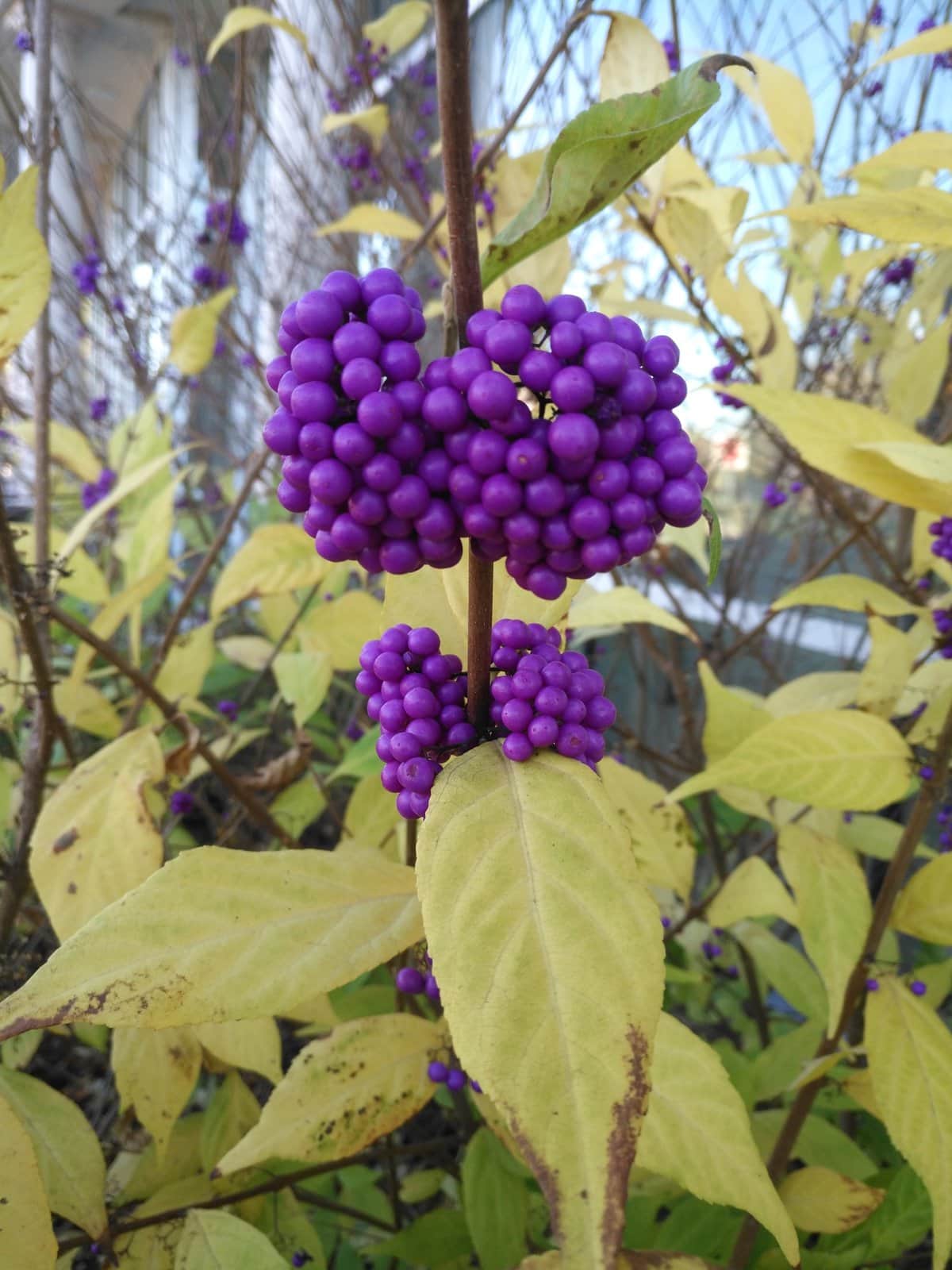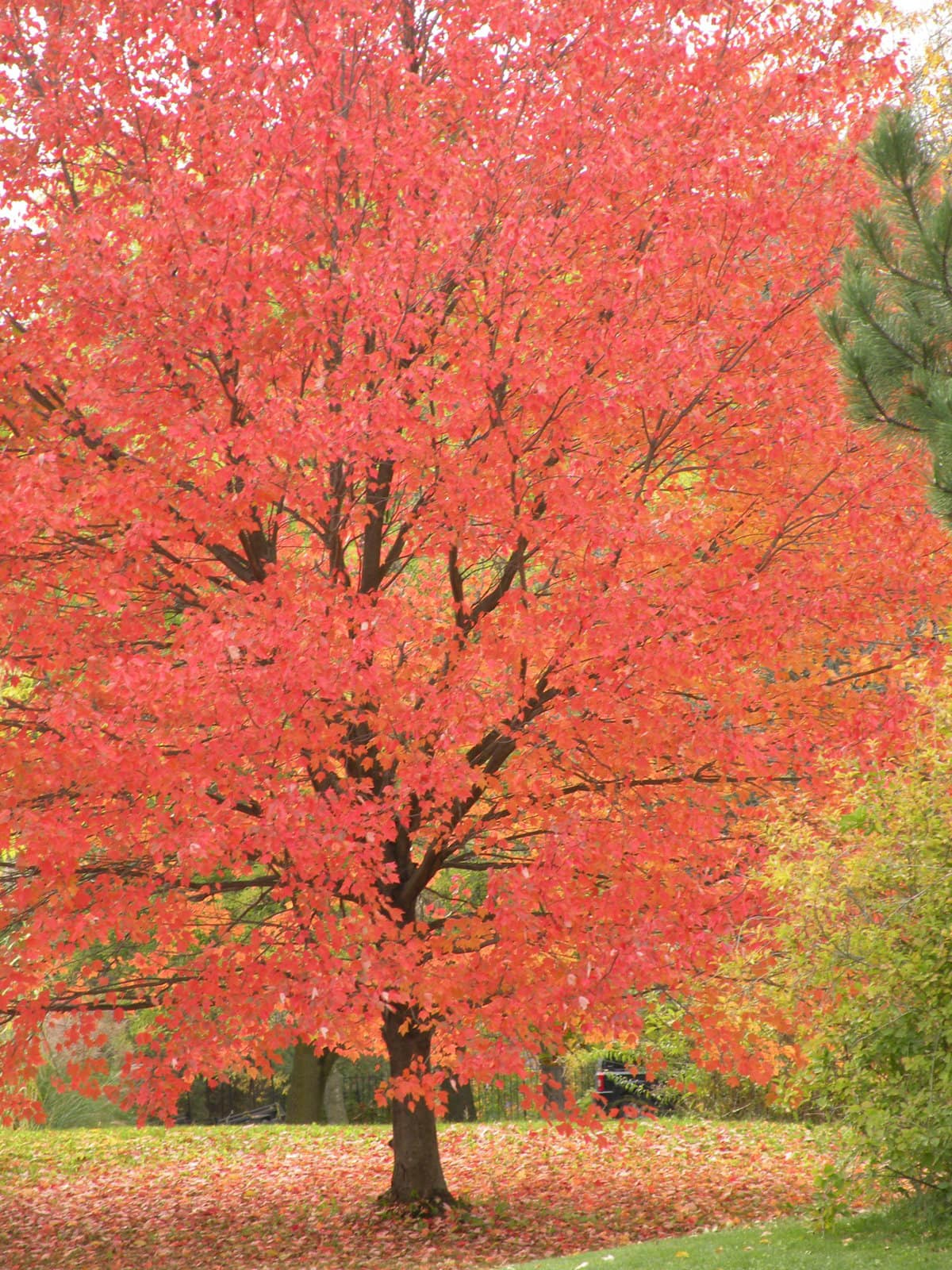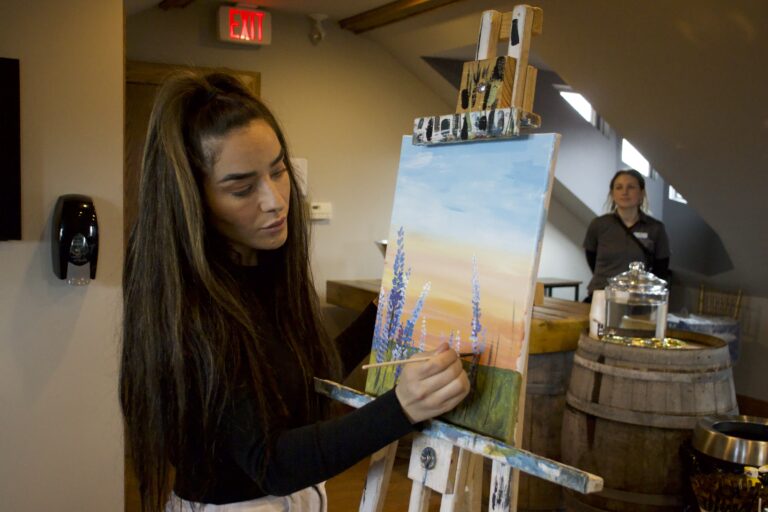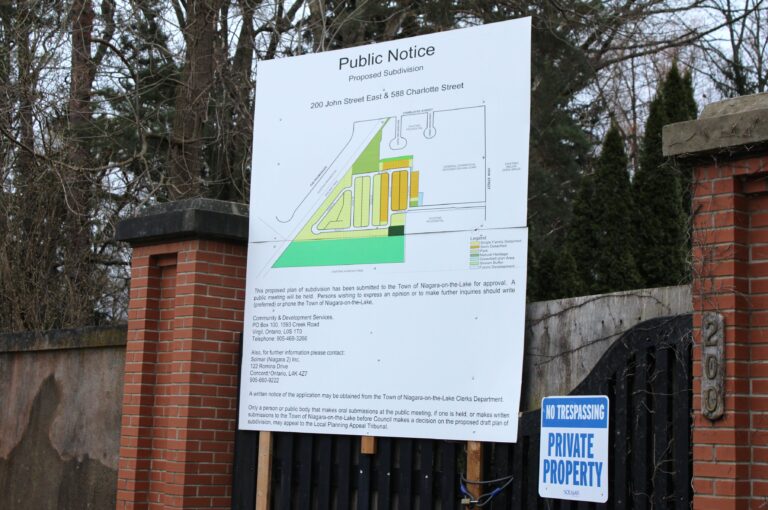What a glorious fall it has been. The colours have just been amazingly vibrant this year and have lasted a long time.
We live in such a beautiful area and there are certain plants that really stand out at this time of year.
Here are a few of my favourites that you may want to consider adding to your garden.
Many of our native trees have excellent fall colour. One of the ones that stands out the most in autumn is the red maple (Acer rubrum).
They are one of the first trees to start turning their consistent, brilliant scarlet-red colour. The red maple is a medium- to fast-growing tree, typically reaching 40 to 60 feet tall and 20 to 30 feet wide.
It tends to be more upright oval in form when young, becoming more rounded with age. Several cultivars also are available for sale at garden centres.
Another Carolinian forest tree that is not as well known, but should be, is the blackgum tree (Nyssa sylvatica), also known as a sourgum tree.
It has become a naturally rare find in Ontario, mainly along the shore of Lake Erie. It is primarily found in low-lying, wet areas, so it is a great choice to plant in poorly drained, clay soils.
A slower-growing tree, it can reach 40 to 50 feet in height with a spread of 20 to 30 feet. Although flowers are not showy, they are an excellent nectar source for bees.
Flowers give way to oval, half-inch long fruits that are technically edible but quite sour (hence the common name).
Fruits mature to a dark blue and are attractive to birds and wildlife. Its glossy, dark green leaves turn a spectacular wine to scarlet fall colour.
The sweetgum tree (Liquidambar styraciflua), although not native, is another tree that has spectacular fall colour, ranging from yellow to orange to dark wine red.
Its dark green, star-shaped leaves are often confused for a maple. When young, the tree has a pyramidal or tear-drop shape, rounding out with age.
At maturity it can reach 50 to 60 feet in height and a 30-foot spread. As the tree ages, the branches develop a corky bark, adding to its winter interest. One cultivar of special note is the slender silhouette sweetgum, which will grow to 20 to 30 feet high, but only about six feet wide.
You can never go wrong with any of the many Japanese maples as far as fall colour is concerned. One variety that is less known is the Shishigashira Japanese maple (Acer palmatum ‘Shishigashira’), also known as lion’s mane Japanese maple.
Its unusual small, dark green, crinkled leaves makes it a specimen plant in the summer, but its fall colour knocks it out of the park.
As the fall progresses, the colour of the leaves also progress from gold to orange to a dark burgundy. Its green bark also makes this plant stand out in the winter garden.
There are many shrubs to help make a fall garden come to life, such as burning bush, viburnums and ninebarks, but let’s look at two less-known shrubs with striking fall interest.
Fothergilla is one such shrub. In May, it comes into bloom with unusual fragrant, white, bristle-brush like flowers. That alone makes this compact three to four footer a must in the garden. Adding to that, in fall the leaves are a striking mix of gold, orange and scarlet red.
The last shrub I’ll mention is beautyberry (Callicarpa). In spring and summer, it is quite unassuming.
Even though the leaves do turn a nice yellow in fall, it is better known for its amethyst-purple clusters of berries that ripen in autumn and remain on the plant well into winter.
The berries are highly desired by many songbirds. There are several cultivars that are sold ranging in size from three to eight feet tall.
So, if your garden is lacking interest in the fall, take a look at these and many other plants to add the punch you need.
Joanne Young is a Niagara-on-the-Lake garden expert and coach. See her website at joanneyoung.ca.











